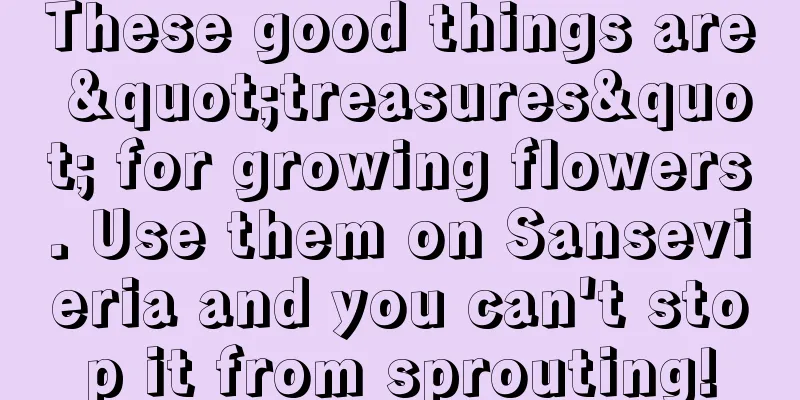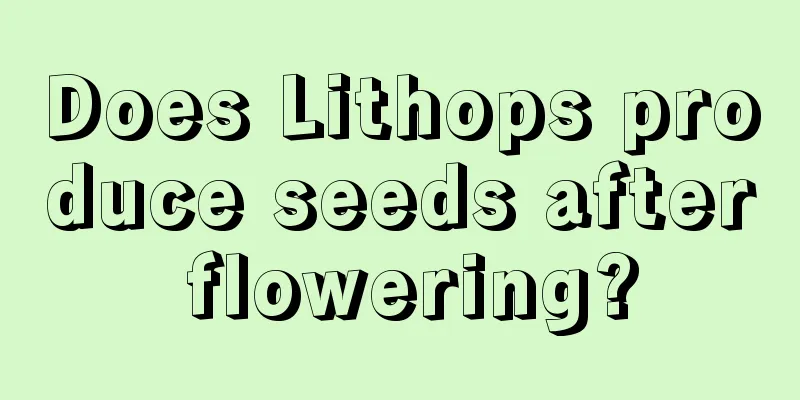Do your flowers need watering?

Pinch and twist methodPinch the soil in the pot with your fingers. If the soil is powdery, it means the soil is dry and you should water it immediately. If it is flaky or granular, it means the soil is moist and you don't need to water it for the time being. The above test methods are all based on experience. They can only tell people the approximate dryness or wetness of the potting soil. If you need to know the exact dryness or wetness of the potting soil, you can buy a soil thermometer, insert the thermometer into the cover, and you can see the words "dry" or "wet" on the scale, so you can know exactly when to water. Finger testGently insert your finger into the soil about 2 cm deep and touch the soil. If it feels dry or rough and hard, it means the soil is dry and needs to be watered immediately. If it feels slightly moist, fine and soft, it means the soil is moist and you don't need to water it for the time being. Visual inspectionUse your eyes to observe whether there is any change in the color of the surface of the potting soil. If the color becomes lighter or grayish white, it means that the potting soil is dry and needs watering; if the color becomes darker or brown, it means that the potting soil is moist and you don't need to water it for the time being. Finger measurement method. Gently insert your finger into the soil about 2 cm deep and touch the soil. If it feels dry or rough and hard, it means the soil is dry and needs to be watered immediately. If it feels slightly moist, fine and soft, it means the soil is moist and you don't need to water it for the time being. PercussionUse your finger joints to gently tap the upper middle wall of the flowerpot. If it makes a crisp sound, it means the soil in the pot is dry and needs to be watered immediately. If it makes a dull sound, it means the soil in the pot is moist and you do not need to water it for the time being.
|
<<: Six rules for growing flowers
>>: Three common misunderstandings about flower cultivation
Recommend
The difference between white and red anthurium
1. Difference in color Anthurium is just like its...
Cultivation methods and precautions of potted spring orchids
1. Soil The roots of spring orchids are very sens...
Is it profitable to grow blueberries? How much profit is one acre?
Is growing blueberries profitable? Blueberry is a...
It's hot now. If you don't take cuttings now, you won't have a chance.
1. Clematis cuttings Procedure 1. When cutting cl...
How to grow Chinese evergreen quickly
1. Soil Peperomia prefers loose, fertile and well...
Spider Orchid cultivation methods and precautions
Spider orchid is a very easy-to-grow plant. Even ...
It is better to water chives every few days
Water chives every few days Chives like a humid e...
What fertilizers are needed for strawberries to be sweet (what fertilizers are suitable for strawberries to grow strong)
Strawberry is one of the popular fruits that is d...
Can the lucky tree be repotted in summer? When is the best time to repot?
Can the lucky tree be repotted in summer? The luc...
Apple's growing environment and growing conditions
Apple Growing Environment and Conditions Apples p...
Is it better to spray nutrient solution on leaves or water the soil (with usage methods for common plants)
1. Is it better to spray leaves or water the soil...
How to care for Anthurium at home
Anthurium growing conditions Anthurium likes a wa...
Causes and treatments for yellowing leaves of crabapple
1. The sun is too strong 1. Reason: Begonia prefe...
Diseases and Pests of Lilium and Their Control
Diseases of Lilium and their control powdery mild...
When does Calla Lily bloom?
1. Flowering period It starts blooming in Novembe...









